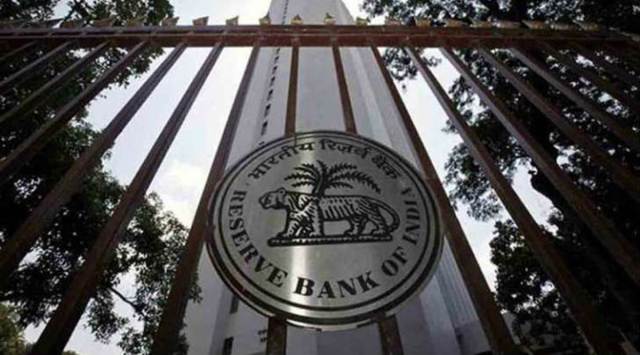RBI moves to boost credit flow to NBFCs, cuts risk weight on loans
The risk weight on the exposures of Scheduled Commercial Banks (SCBs) to NBFCs was increased by 25 percentage points by the RBI in November 2023
 Bank lending to NBFCs has slowed down dramatically, plummeting to a four-year low of 6.7 per cent in 2024, the latest RBI data reveals
Bank lending to NBFCs has slowed down dramatically, plummeting to a four-year low of 6.7 per cent in 2024, the latest RBI data revealsIn a major relief to non-banking finance companies (NBFCs), the Reserve Bank of India (RBI) on Tuesday slashed the risk weights of bank loans to NBFCs by 25 percentage points depending on the ratings. This move is expected to significantly improve credit flow to NBFCs, which in turn will enhance credit availability in the retail segment.
The decision, which is applicable in all cases where the existing risk weight as per external rating of NBFCs is below 100 per cent, comes at a time when bank credit to NBFCs has hit a new low, sparking concerns about the sector’s ability to lend to retail customers. By reducing the risk weights, the RBI aims to encourage banks to lend more to NBFCs, thereby boosting credit growth in the economy. The move is seen as a positive step towards revitalising the NBFC sector and promoting financial stability.
The risk weight on the exposures of Scheduled Commercial Banks (SCBs) to NBFCs was increased by 25 percentage points by the RBI in November 2023. “On a review, it has been decided to restore the risk weights applicable to such exposures and the same shall be as per the external rating,” the RBI said.
A lower risk weight on loans means that lenders need to set aside less capital against those loans, which typically results in lower interest rates for borrowers as banks try to maintain their profit margins, making it less expensive for individuals, businesses or NBFCs to take out such loans. Risk-weighted assets are the loans and other assets of a bank, weighted (that is, multiplied by a percentage factor) to reflect their respective level of risk of loss to the bank.
Bank lending to NBFCs has slowed down dramatically, plummeting to a four-year low of 6.7 per cent in 2024, the latest RBI data reveals. The significant decline is attributed to the higher risk weights imposed on such loans, coupled with tighter credit conditions. As a result, banks have become increasingly cautious in lending to NBFCs, marking a notable shift in the sector’s lending patterns. The previous years witnessed robust credit growth to NBFCs. However, the current financial landscape has prompted banks to reevaluate their lending strategies, leading to a pronounced slowdown in NBFC loan growth.
In the wake of significant slowdown in bank credit to NBFCs in the current fiscal, tighter market liquidity in general and to prioritise credit flow to the underserved segment for growth, the RBI has reversed its earlier decision of increasing the risk weight of the bank credit to NBFCs. “It is a welcome move in view of the current headwinds faced by the sector; this shall to an extent provide some relief to the players and facilitate credit flow to a broader set of players than what was witnessed in the recent past,” said A M Karthik senior vice president, financial sector ratings, ICRA.
The restoration of lower risk weights for better rated NBFCs will improve the credit flow from banks to NBFCs, while being immediately beneficial for their capital ratios. With improved credit flow to NBFCs, the overall credit flow to the retail segment is expected to improve thereby supporting overall economic growth. This change with deferment of proposed LCR framework are expected to improve the bank credit growth in FY26 compared to FY25.
Meanwhile, post-November 2023, the banks had to apply 125 per cent risk weight on the loans extended to microfinance borrowers whereas it continued to remain at 75 per cent for NBFC-MFIs. Since the microfinance loans of banks will classify under regulatory retail limit, the risk weight on these loans will also decline to 75 per cent, thereby improving their capital ratios as well as their appetite for growth in this segment. However, given the recent asset quality challenges in this segment, the growth may remain muted in near-term, ICRA said.
- 01
- 02
- 03
- 04
- 05































